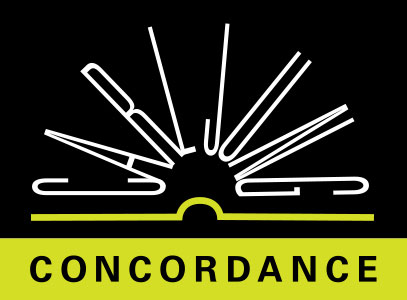Owing to the theory of “correspondentia,” regarded as axiomatic in the Middle Ages, the principles of each of the four worldsthe intelligible or divine, the heavenly, the earthly, and the infernalcorresponded to each other:
Usually, however, there was a division into three worlds to correspond with the Trinity: heaven, earth, hell. Triads were also known in alchemy. From the time of Paracelsus the most important triad was Sulphur-Mercurius-Sal, which was held to correspond with the Trinity.A subtle feature of the Sulphur-Mercurius-Sal formula is that the central figure, Mercurius, is by nature androgynous and thus partakes both of the masculine red sulphur and of the lunar salt. His equivalent in the celestial realm is the planetary pair Sol and Luna, and in the “intelligible” realm Christ in his mystical androgyny, the “man encompassed by the woman,” i.e., sponsus and sponsa (Ecclesia)
CW14 ¶ 235ALCHEMICAL “TRINITY” AS A
QUATERNITY IN DISGUISE
Like the Trinity, the alchemical “triunity” is a quaternity in disguise owing to the duplicity of the central figure: Mercurius is not only split into a masculine and a feminine half, but is the poisonous dragon and at the same time the heavenly lapis. This makes it clear that the dragon is analogous to the devil and the lapis to Christ, in accordance with the ecclesiastical view of the devil as an autonomous counterpart of Christ. Furthermore, not only the dragon but the negative aspect of sulphur, namely sulphur comburens, is identical with the devil, as Glauber says: “Verily, sulphur is the true black devil of hell, who can be conquered by no element save by salt alone.” Salt by contrast is a “light” substance, similar to the lapis, as we shall see:
CW14 ¶ 235From all this we get the following schema:
CW14 ¶ 236Mercurius Lapis
<_><_><_>Sal
Mercurius Serpent
Here we have another of those well-known quaternities of opposites which are usually masked as a triad, just as the Christian Trinity is able to maintain itself as such only by eliminating the fourth protagonist of the divine drama. If he were included there would be, not a Trinity, but a Christian Quaternity
CW14 ¶ 237For a long time there had been a psychological need for this, as is evident from the medieval pictures of the Assumption and Coronation of the Virgin; it was also responsible for elevating her to the position of mediatrix, corresponding to Christ's position as the mediator, with the difference that Mary only transmits grace but does not generate it. The recent promulgation of the dogma of the Assumption emphasizes the taking up not only of the soul but of the body of Mary into the Trinity, thus making a dogmatic reality of those medieval representations of the quaternity which are constructed on the following pattern:
CW14 ¶ 237Holy Ghost (Dove)
<_><_>God the Father
Virgin Mary
